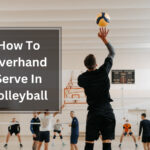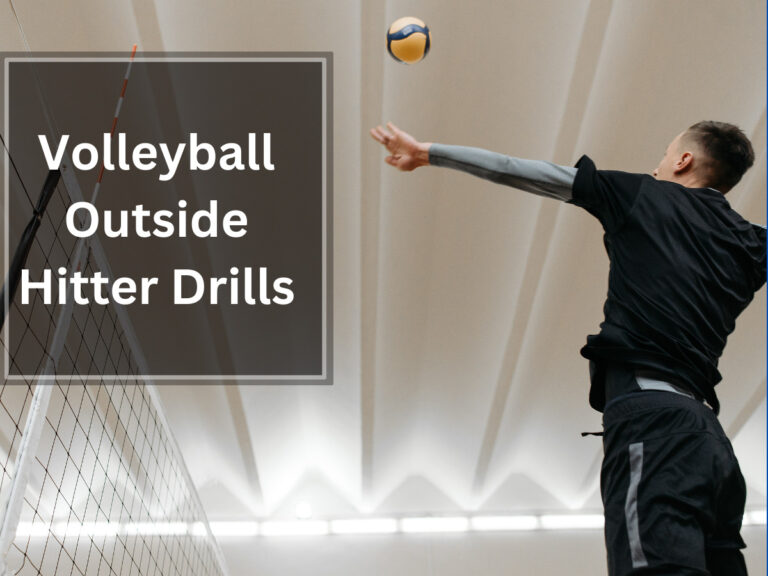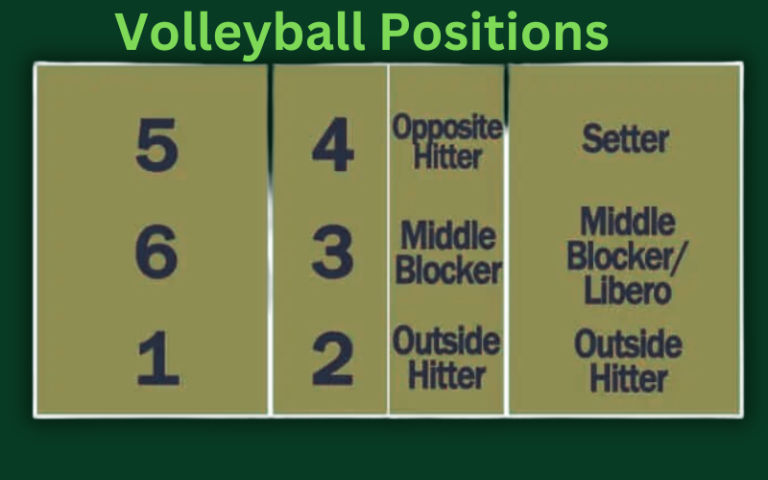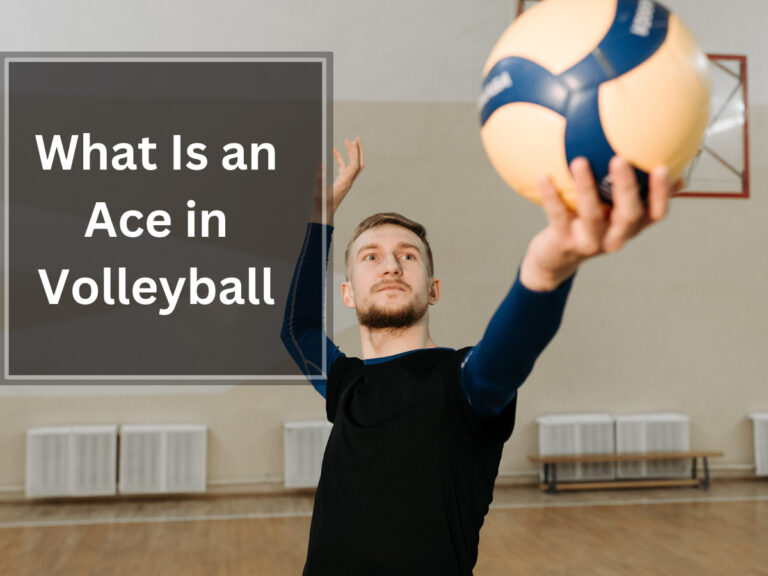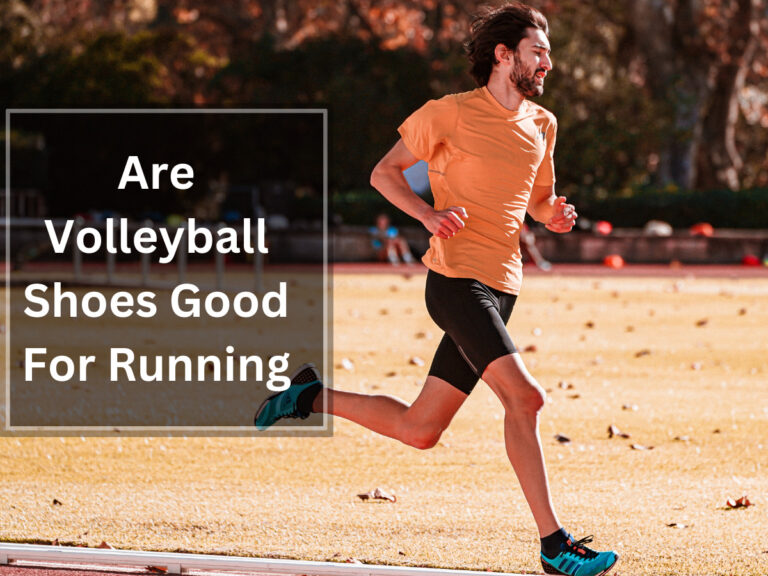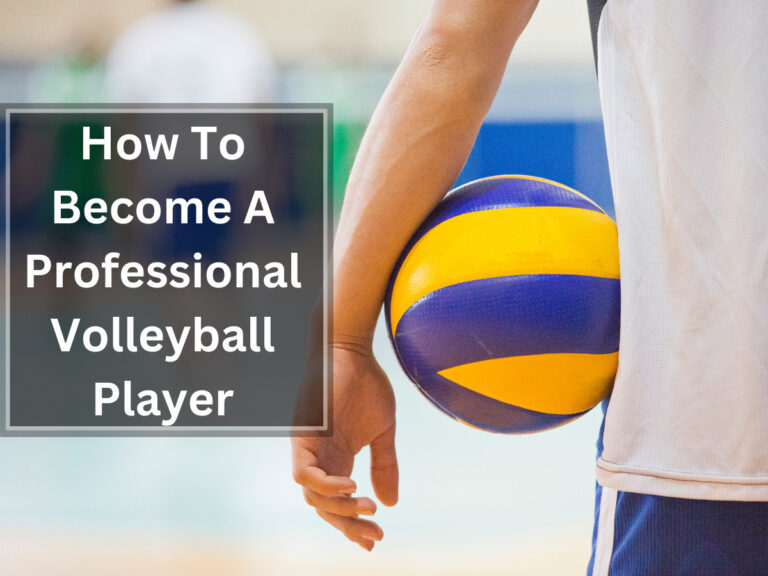Can You Wear Basketball Shoes For Volleyball
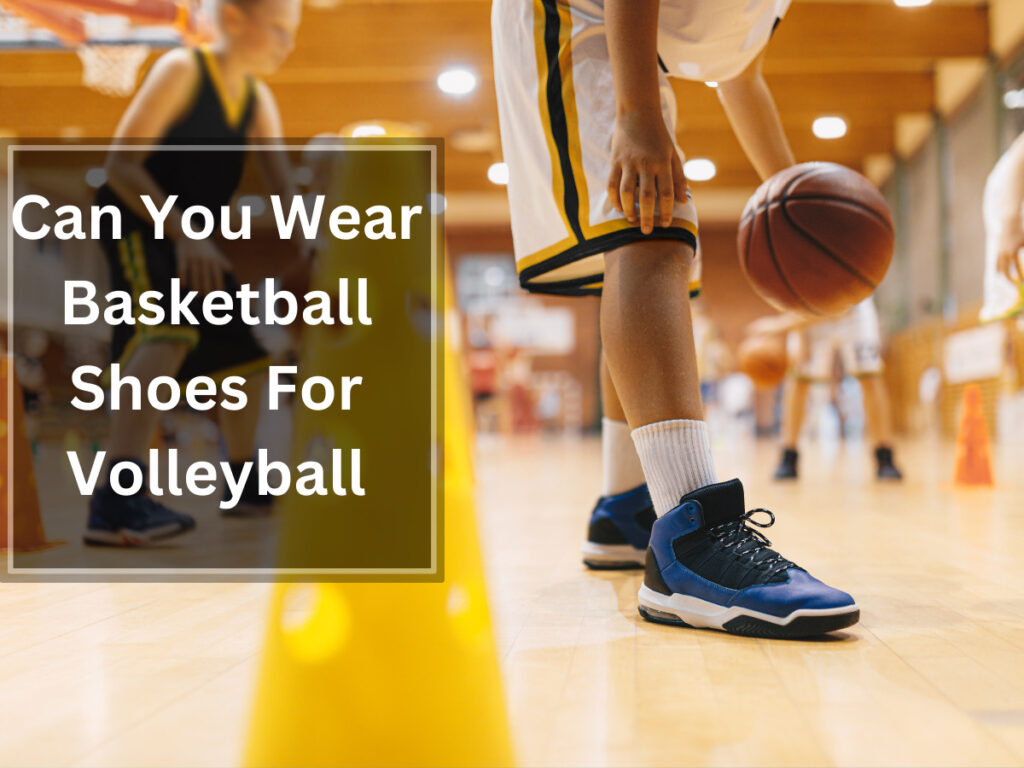
Coincidentally, I found myself faced with a dilemma on the volleyball court. My trusty pair of volleyball shoes had finally given out, leaving me in need of some new footwear. As I browsed through my options, something caught my eye: basketball shoes. Now, I’ve always been a fan of basketball and its flashy sneakers, but could these shoes really be worn for volleyball? Intrigued and determined to find out, I delved into the world of basketball shoes and their suitability for the volleyball court.
It turns out that there are indeed similarities between basketball and volleyball shoes. Both prioritize traction, stability, and support – crucial elements for quick movements and explosive jumps. Basketball shoe manufacturers also offer a wider variety of styles and availability compared to their volleyball counterparts. But does that mean they’re the perfect fit for volleyball players like me?
In this article, we’ll explore the differences between basketball and volleyball shoes to determine whether wearing basketball shoes for volleyball is a viable option. We’ll cover everything from ankle support to cushioning to traction and grip. So if you find yourself in a similar situation as mine or simply curious about expanding your options on the court, stick around – we’ve got all the answers you need!
Table of Contents
Understanding the Differences Between Basketball and Volleyball Shoes
When comparing basketball and volleyball shoes, there are a few key factors to consider.
One major difference is ankle stability. Basketball shoes typically offer more ankle support through higher collars and straps, which can help prevent injuries during quick direction changes on the court.
On the other hand, volleyball shoes prioritize shoe flexibility to accommodate the constant jumping and lateral movements required in the sport.
Additionally, both types of shoes incorporate performance technology such as cushioning systems and traction patterns to enhance player performance. While basketball shoes may provide extra cushioning for impact protection during landings, volleyball shoes focus on providing lightweight responsiveness for quick reactions on the court.
Ultimately, choosing between basketball and volleyball shoes depends on your individual playing style and personal preferences.
Ankle Support in Basketball Shoes vs. Volleyball Shoes
When it comes to ankle support, basketball shoes have a distinct advantage over their volleyball counterparts. Basketball shoe technology has been developed with a focus on preventing ankle injuries and providing optimal performance advantages.
The high-top design of many basketball shoes provides added stability and support to the ankle, reducing the risk of sprains during quick lateral movements and jumps. Additionally, basketball shoes often feature advanced cushioning systems that absorb impact and protect the ankles from excessive strain.
This combination of ankle support and cushioning makes basketball shoes a preferred choice for athletes looking to minimize the risk of ankle injuries while maximizing their performance on the court.
Whether you’re playing basketball or volleyball, it’s important to prioritize your safety by wearing appropriate footwear that offers adequate ankle support.
Cushioning in Basketball Shoes vs. Volleyball Shoes
For optimal performance and comfort, it’s important to consider the cushioning in both basketball and volleyball shoes.
Cushioning plays a crucial role in providing impact protection and support during intense movements on the court.
Basketball shoes often prioritize responsiveness and energy return, while volleyball shoes focus more on cushioning for shock absorption during jumping and landing.
Basketball shoe cushioning is designed to enhance quick movements and provide a spring-like effect, which can be beneficial for explosive plays like dunking or fast breaks.
Volleyball shoe cushioning, on the other hand, aims to reduce the impact of repetitive jumping and landing, offering better protection against foot fatigue and injuries.
Understanding these performance differences in cushioning will help you choose the right shoe that suits your specific needs on the volleyball court.
Traction and Grip for Volleyball
Traction is essential in any sport, and in volleyball, it’s like having super glue on your feet, keeping you grounded and ready to make those quick cuts and explosive jumps.
When it comes to basketball shoes versus volleyball shoes, traction and grip are crucial factors to consider. Basketball shoes often have a multidirectional tread pattern that provides excellent traction on the hardwood court but may not be as effective on the smooth surface of a volleyball court.
On the other hand, volleyball shoes are designed with specific features like gum rubber outsoles or herringbone patterns that offer superior grip on indoor surfaces. This enhanced traction allows for quick movements and helps prevent slipping during intense gameplay.
Additionally, volleyball shoes prioritize lateral stability to support side-to-side movements, while still providing enough flexibility for explosive jumps. These performance advantages contribute to better overall agility and maneuverability on the court.
So when choosing between basketball shoes and volleyball shoes, consider the impact protection, lateral stability, and performance advantages that specialized volleyball shoes can provide for your game.
Lightweight and Agility in Volleyball Shoes
When it comes to volleyball shoes, lightweight options are beneficial for three reasons:
Improved Speed: Lightweight shoes allow for quick and effortless movement across the court, enabling faster reactions to plays.
Enhanced Jumping Ability: Lighter shoes reduce strain on the legs, making it easier to explode off the ground during jumps, whether for blocking or spiking.
Reduced Fatigue: The lighter the shoe, the less energy expended with each step. This means you can play longer without feeling weighed down or fatigued.
Agility is crucial in volleyball footwear due to its quick and multidirectional movements. While basketball shoes often prioritize lateral stability, some still offer excellent responsiveness for volleyball players. It’s important to compare and choose a shoe that offers both lightweight features and agility for optimal performance on the volleyball court.
Potential Risks of Wearing Basketball Shoes for Volleyball
When opting for basketball footwear on the volleyball court, it is important to be aware of the potential drawbacks. While basketball shoes can provide traction and stability similar to volleyball shoes, there are some risks to consider.
One major concern is the increased risk of ankle injuries. Basketball shoes often have higher collars for ankle support, which may limit mobility and increase the likelihood of rolling an ankle during quick movements in volleyball.
Additionally, basketball shoes may not be as suitable for different positions on the volleyball court. For example, setters and liberos require lightweight and agile shoes, whereas middles and opposites need more cushioning for jumping and landing. Wearing basketball shoes in these positions may affect performance and increase the risk of potential injuries.
It’s important to carefully consider these factors before choosing basketball footwear for volleyball.
Considerations for Choosing the Right Shoes for Volleyball
When selecting the perfect footwear for volleyball, it’s important to consider a few key factors for optimal performance on the court.
First, you should take into account the differences in design between volleyball shoes and other types of athletic shoes. Volleyball shoes are specifically designed to support the lateral movements and quick adjustments required in the sport. They often have lower profiles, lightweight construction, and enhanced traction patterns compared to basketball shoes.
Another important consideration is impact protection. Volleyball involves a lot of jumping and landing, so it’s crucial to choose shoes with adequate cushioning to absorb shock and protect your feet from impact-related injuries.
Additionally, you should think about your playing style and position on the court when selecting volleyball shoes. Consider factors like ankle support, stability, flexibility, and responsiveness that align with your specific needs.
By taking these factors into account, you can find the right shoes that offer the necessary features for optimal performance in volleyball.
Conclusion: Making an Informed Decision
Consider all the factors discussed to make an informed decision and choose the best footwear for maximizing your performance on the volleyball court.
When it comes to basketball shoes vs volleyball shoes, there are advantages to wearing basketball shoes for volleyball. Basketball shoe manufacturers have a larger resource pool for research and development, resulting in advanced technology and features that can benefit volleyball players.
Both basketball and volleyball shoes prioritize traction, stability, and support, so performance-wise, basketball shoes can be suitable for volleyball.
However, personal preference also plays a role in shoe choice. Some players may prefer the specific design and functionality of volleyball shoes or find them more suitable for their playing style.
Ultimately, it’s important to consider your own preferences and needs when making a decision about which type of shoe is best for you on the volleyball court.
Frequently Asked Questions
Can basketball shoes provide enough ankle support for volleyball players?
Basketball shoes provide exceptional ankle support for volleyball players, ensuring maximum stability and injury prevention. Their flexible design allows for quick movements on the court. With proper fit and suitable features, basketball shoes can meet the needs of volleyball players.
Is the cushioning in basketball shoes suitable for the impact of spiking in volleyball?
The cushioning in basketball shoes is generally suitable for the impact of spiking in volleyball. It provides adequate protection and absorbs shock, reducing the strain on the feet and legs. Additionally, basketball shoes offer good ankle support, traction, and grip on the court.
How does the traction and grip of basketball shoes compare to volleyball shoes?
When comparing the traction and grip of basketball shoes to volleyball shoes, there is a noticeable difference in performance. Basketball shoes often have more aggressive traction patterns designed for indoor courts, while volleyball shoes prioritize stability and quick movements on the court.
Are basketball shoes typically lighter and more agile than volleyball shoes?
Basketball shoes are generally lighter and more agile than volleyball shoes. The materials used in basketball shoes focus on providing support, cushioning, and responsiveness, while volleyball shoes prioritize stability and impact protection. Flexibility is important in both sports for quick movements and transitions on the court.
What are the potential risks or drawbacks of wearing basketball shoes for volleyball?
The potential drawbacks of wearing basketball shoes for volleyball include excessive heel caging hindering lateral movements, excessive weight affecting agility, and thin midsoles with weak cushioning providing inadequate impact protection. These disadvantages can negatively impact performance in volleyball.



